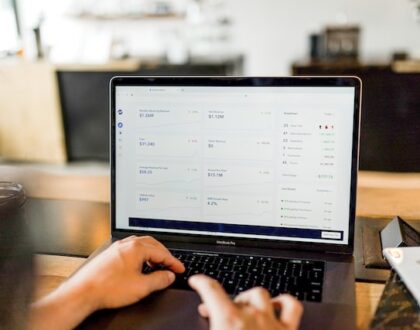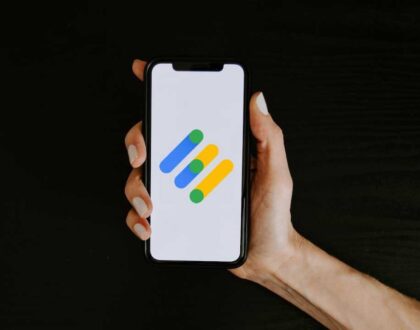Why programmatic out-of-home is a wise investment for any media budget
by local
Why programmatic out-of-home is a wise investment for any media budget
The epidemic clearly altered media strategy, as buyers reacted to significantly changing consumer behavior. Programmatic activations immediately demonstrated to be advantageous in the out-of-home arena. Instead of losing money on ineffective campaigns, advertisers were able to fully control digital campaigns, allowing teams to pause, pivot, or cancel advertising as conditions changed.
Interestingly, rather than just altering existing tactics, we are seeing brands that previously did not invest much in out-of-home reconsider the channel. Prior to the pandemic, shopping, entertainment, quick service restaurants (QSR), and new company/brand launches dominated out-of-home (OOH). Financial services, e-commerce, sports, travel, and direct-to-consumer businesses have recently grasped OOH programmatic’s strength and adaptability.
OOH’s scope is being reimagined.
DOOH has become an invaluable tool for advertising and marketing teams alike in a very short period of time. Using localized, high-traffic areas such as grocery stores, gas stations, gyms, taxis, office buildings, restaurants, and so on, as well as large-format canvases such as billboards, street furniture, and urban panels, marketers can place relevant advertisements in precise, strategic locations without disrupting consumers’ days.
The inventory environment has shifted, with a greater range of contextual settings featuring screens and a greater national and local scale for even traditional inventory such as billboards. Beyond the inventory, technological improvements have enabled a plethora of precision targeting capabilities.
Data skills increase a brand’s decision-making power and help them to reimagine how they use the once-traditional media to emerge at the most relevant times and places for their audience.
Another recent significant industry breakthrough streamlines the utilization of dynamic creativity throughout the medium. Previously, this was a time-consuming process of determining specific publishers’ capabilities; companies could run dynamic campaigns, but it was a highly compartmentalized process. Advertisers may now effortlessly activate dynamic creative across a wide range of displays by utilizing supply-side platforms such as Vistar Media. For the first time, brands are not forced to pick between inventory scale and dynamic message possibilities.
This flexibility allows advertisers to change the text or positioning of campaigns without having to create hundreds of copies of their ads and requiring a lot of manual labor. Let’s say a finance firm wants to react to the day’s stock forecasting, or a travel company wants to promote its sunny destinations differently on a rainy afternoon, or a retailer wants to boost special deals by store location—all of these can be seamlessly activated just like a traditional campaign. This is customization at scale—the capacity to deliver a message that is extraordinarily relevant to the consumer viewing it and the environment in which it is played.
What OOH can do for brands.
Out-of-home marketing is no longer merely an upper-funnel approach in terms of ROI; it can now give quantifiable, end-to-end measurement results. The powerful solutions that are now available in the area, such as brand lift, foot traffic, online conversion, and sales lift studies, present advertisers with a new level of performance capabilities that they could not previously access. Several KPIs are now available throughout campaign flight, enabling the ability to course-correct or double-down based on real-time data and intelligence, a significant value add.
These full-funnel measuring solutions demonstrate how effective DOOH can be for engaging consumers at various phases of their journey. DOOH allows advertisers to design the consumer experience and gently guide people down the buying funnel over the course of a day. By thinking widely about where to deploy a brand’s out-of-home capabilities, you could move a drugstore client from awareness in the morning (on a billboard or office building during their commute) to conversion in the afternoon (on a screen in the check-out lane).
DOOH is a wise investment in a well-balanced media budget.
DOOH is a natural extension of a multichannel media strategy’s budget. Advertisers can use the same audience targeting as they do online in the real world, then capture devices exposed to OOH and retarget them online and on mobile. They can also repurpose already tested effective brand creative, such as TV or digital video advertisements. Reusing graphics and video across a wide range of DOOH screens allows campaigns to stay on brand, extend existing initiatives, save money, and avoid overburdening their creative staff.
Taking advantage of what DOOH has to offer and meeting consumers where they want to be is a useful addition to any media budget, especially now when people need true interactions in the real world—out of their homes.
Recommended Posts

New Social Media Trends in the Financial Sector in 2024
February 19, 2024


